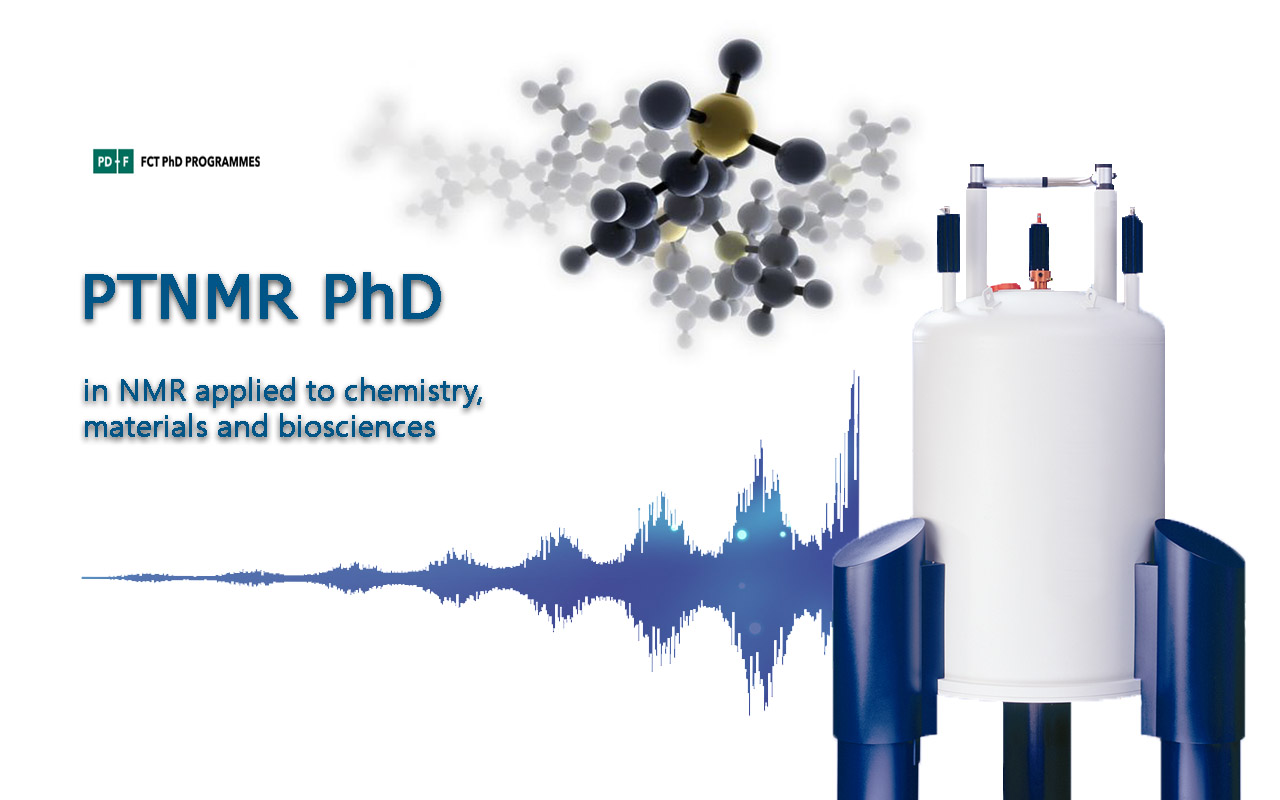Research Project 4 (2018) - Details
Tittle: Scavenging toxic intracellular free heme using the human heme-binding protein p22HBP
Detailed Description
Background & Relevance
Studies have shown that transfusions of RBCs after storage are correlated with increased morbidity, thought to be due to decreased cell volume, metabolite loss and the presence of cell free haemoglobin (Hb) and heme. The adverse effects of storage can, however, be attenuated by transfusing old blood with the Hb scavenger haptoglobin [1]. Free Hb and heme are also thought to be involved in sepsis, as seen in a mouse model, and use of the heme scavenger hemopexin (Hx) was found to prevent organ injury and death [2]. A more recent study has also confirmed that Hx administration reduces free heme levels in mice transfused with old blood, improving survival [3]. Free heme is toxic so intra- and extracellular levels are normally kept low by the glycoprotein Hx and albumin (extracellular) and intracellular heme binding protein(s) that act as buffers during induced heme synthesis and when free heme is present due to injury or disease.
A candidate protein for intracellular heme-binding, p22HBP, was first purified from mouse liver and our group determined its structure, heme binding site and dissociation constant (low nM). This protein is unique in that it is one of the few heme-binding proteins that uses an hydrophobic patch to bind heme (instead of using axial Fe ligands) [4].
We aim to obtain x-ray and NMR structures of newly available p22HBP constructs to determine key binding residues and to subsequently produce and characterise enhanced binding and non (or weak)-binding variants of the protein with low Kds. Optimal conditions for heme scavenging will be determined and we will eventually attempt to produce an immobilised form of the protein anchored to a solid matrix. Our results will enable the unique properties of HBP to be enhanced and then used to scavenge toxic free heme from biofluids, something that could increase the shelf-life of stored blood products.
[1] Schaer, DJ., et al., (2013), Cold Spring Harbor Persp. in Med., 3(6), a013433–a013433.
[2] Larsen, R., et al., (2010), Sci. Transl. Med., 2(51), 51ra71–51ra71.
[3] Stapley, R., et al., (2015), Free Radical Biol. & Med., 85, 207–218.
[4] Dias, JS., et al., (2006), J. Biol. Chem., 281(42), 31553–31561.

